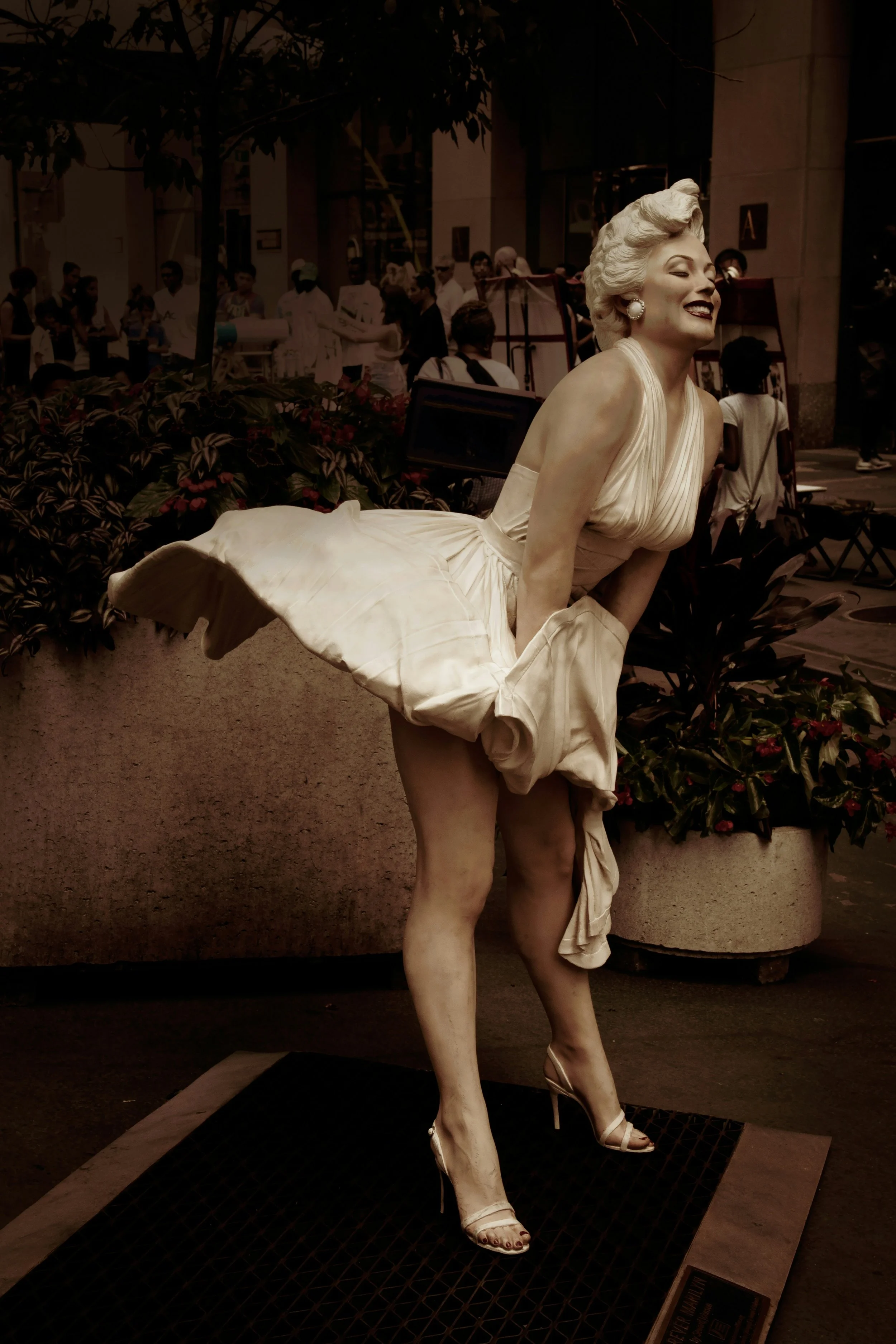The History and Evolution of Boudoir Photography
Photo by Nick Karvounis on Unsplash
Boudoir photography, a genre often associated with intimacy, sensuality, and personal expression, has a history that spans centuries and continents. From its modest beginnings in 18th-century France to its modern-day interpretations across diverse cultures, boudoir photography has evolved significantly, reflecting shifts in societal attitudes towards sexuality, gender roles, and personal empowerment.
Origins in the 18th Century
The term "boudoir" originates from the French word meaning a woman's private dressing room or bedroom, typically where she would retire for intimate and personal moments. In the 18th century, affluent women in France often commissioned artists to capture them in these private settings. These paintings and sketches were not merely depictions of physical beauty but also expressions of wealth, status, and sometimes eroticism within the confines of the private sphere.
One notable example is François Boucher, whose paintings from the Rococo period often portrayed women in boudoir-like settings, lounging in luxurious surroundings, surrounded by silks and lace. These artworks celebrated femininity and sensuality in a manner that was considered tasteful and refined, catering to the elite tastes of the time.
Evolution in the 19th and Early 20th Centuries
As photography emerged in the 19th century, the concept of boudoir photography began to evolve. Early photographic techniques allowed for more realistic and accessible portrayals of women in private settings. However, due to societal norms and the conservative nature of the times, these images remained largely discreet and were often confined to private collections or shared only among close circles.
In the early 20th century, with the rise of artistic movements such as Art Nouveau and Art Deco, boudoir photography started to gain artistic recognition. Photographers began experimenting with light, composition, and the female form to create images that were both sensual and aesthetically pleasing. These photographs often featured women in intimate apparel or partially draped in fabrics, capturing a sense of allure and mystery.
Golden Age of Hollywood and Glamour Photography
Photo by MARIOLA GROBELSKA on Unsplash.com
The 1930s and 1940s marked a significant shift in boudoir photography, influenced by Hollywood's golden age and the glamour associated with film stars. Glamour photography emerged as a popular genre, celebrating beauty, elegance, and sophistication. Photographers like George Hurrell became renowned for their dramatic lighting techniques and ability to capture celebrities in poses that exuded both sensuality and empowerment.
During this period, boudoir photography became intertwined with pin-up culture, where images of models in playful and sometimes provocative poses adorned calendars, magazines, and even aircraft nose art during World War II. These images, while often perceived as titillating, also represented a form of escapism and empowerment for both the soldiers abroad and the women depicted.
Modern Revival and Cultural Shifts
The latter half of the 20th century saw boudoir photography undergo a revival as societal attitudes towards sexuality and personal expression began to change. Women increasingly sought out boudoir photography not just as a form of artistic expression but also as a means of reclaiming their bodies and celebrating their sensuality.
In the 1970s and 1980s, feminist movements influenced boudoir photography by challenging traditional depictions of women as objects of desire. Photographers began to explore themes of empowerment and self-confidence, capturing women of all shapes, sizes, and backgrounds in ways that emphasized their strength and individuality.
Contemporary Trends and Techniques
Photo by James Lee, Bitten Cherry Boudoir
Today, boudoir photography continues to thrive as a form of self-expression and celebration of personal identity. Modern photographers utilize a range of techniques and styles to capture the essence of their subjects, from soft natural lighting to bold, high-contrast compositions. The focus has shifted towards inclusivity, with photographers embracing diversity in gender, body types, and cultural backgrounds.
Social media and digital platforms have also played a significant role in the evolution of boudoir photography, allowing photographers and clients to connect and share their work globally. This accessibility has led to a democratization of the genre, enabling individuals to explore and celebrate their sexuality and personal beauty in ways that were once reserved for the elite.
Conclusion
In conclusion, the history and evolution of boudoir photography reflect broader cultural shifts in attitudes towards intimacy, sexuality, and personal empowerment. From its origins in 18th-century France to its modern-day interpretations across diverse cultures, boudoir photography has transcended mere visual representation to become a powerful tool for self-expression and celebration of individuality.
As societal norms continue to evolve, so too will boudoir photography, adapting to reflect the changing perceptions of beauty, gender, and personal identity. Whether capturing the elegance of a bygone era or embracing the diversity of contemporary society, boudoir photography remains a testament to the enduring desire for self-discovery, empowerment, and artistic expression.




